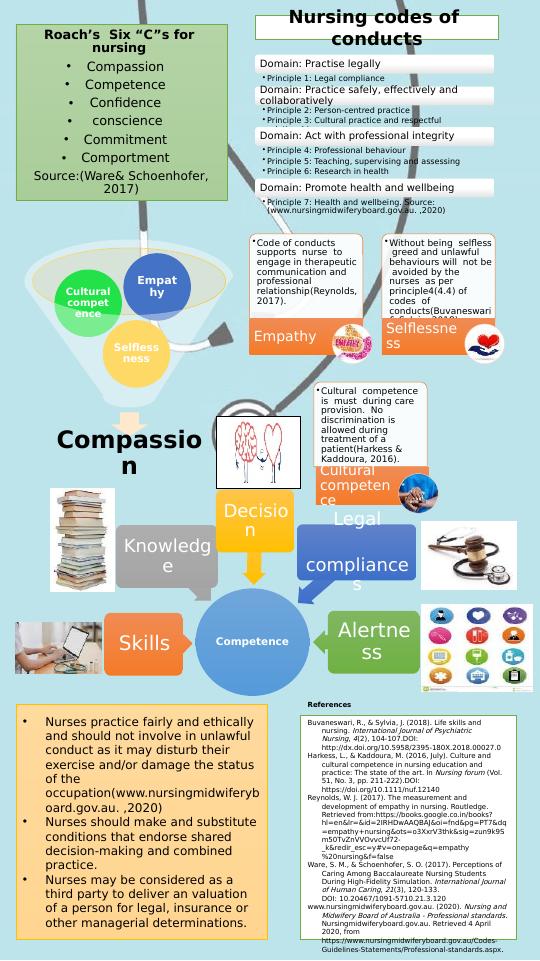Nursing Compassion Competence Confidence
Added on 2022-09-08
2 Pages1624 Words34 Views
End of preview
Want to access all the pages? Upload your documents or become a member.
Assignment about Nursing Theory
|6
|1385
|12
Nursing Theory and Code of Conducts 2022
|2
|511
|13
Compassion and Competence in NMBA Standards Discussion 2022
|6
|1507
|34
ASSIGNMENT ON WHAT IS RATIONALE
|5
|1004
|24
Compassion and Competence Information 2022
|5
|1332
|52
Caring Theory By Sister Roach Discussion 2022
|6
|1266
|48

